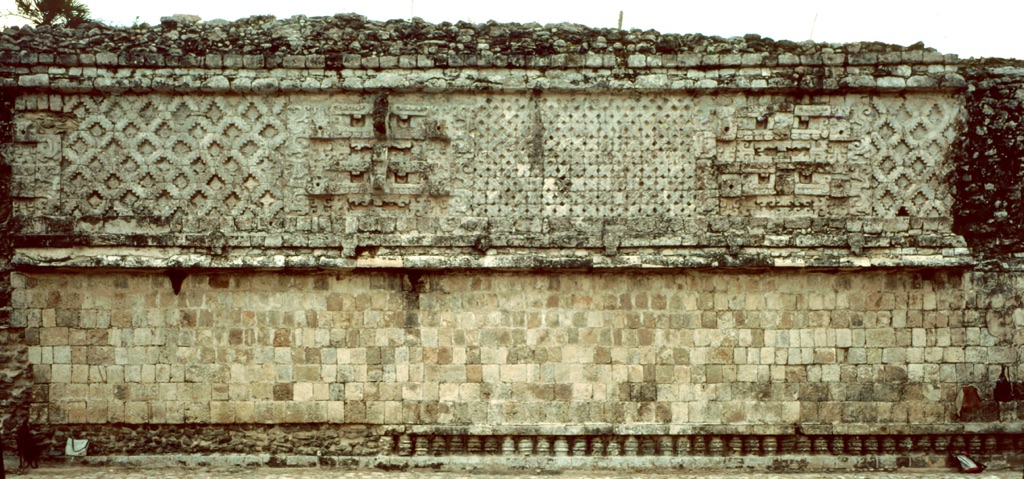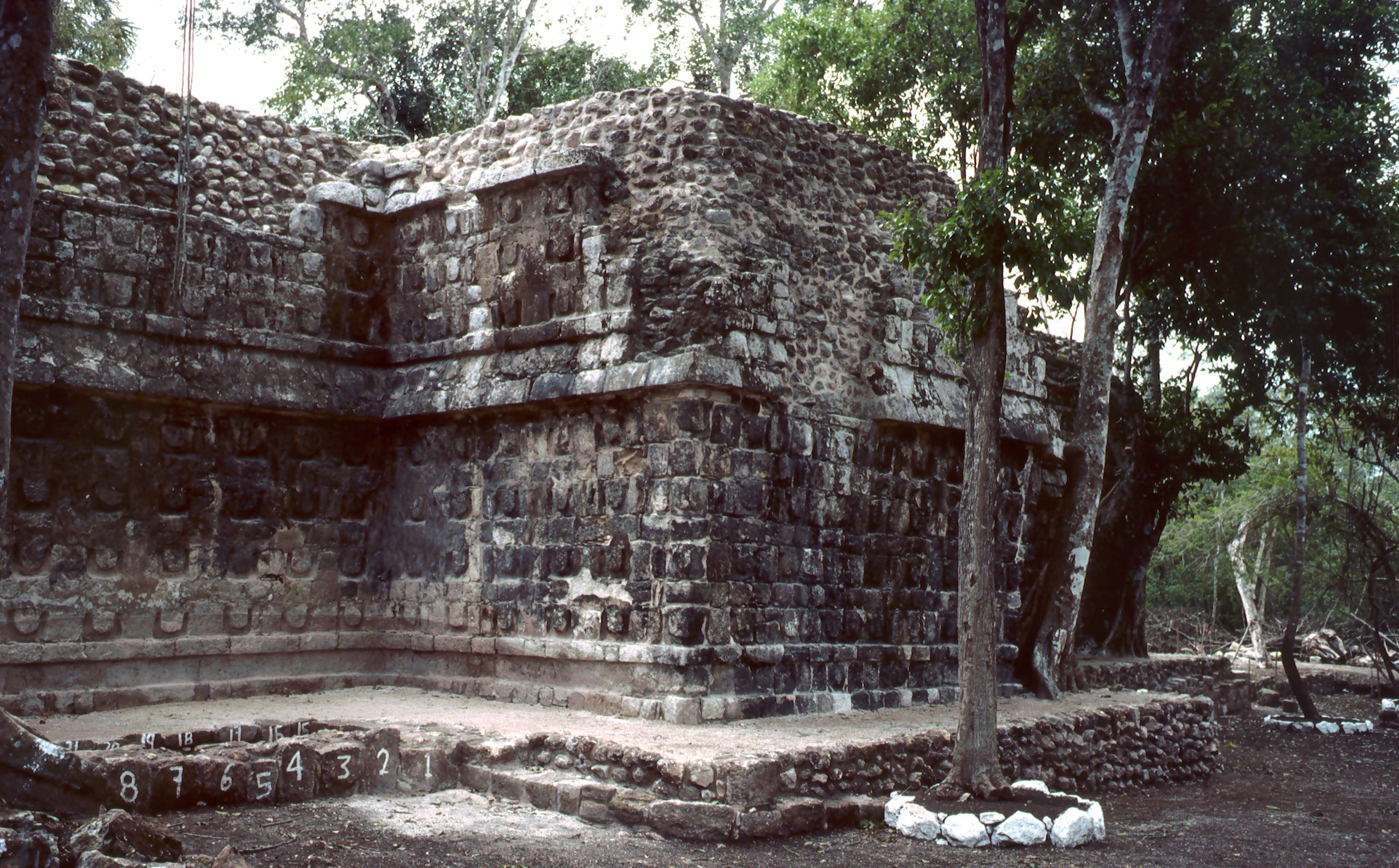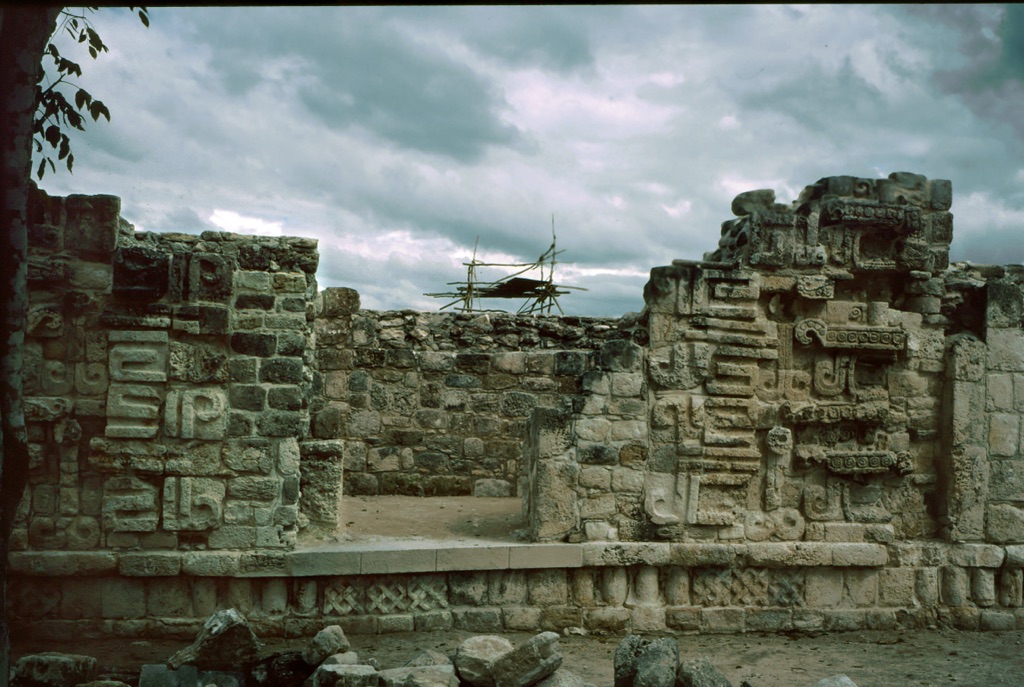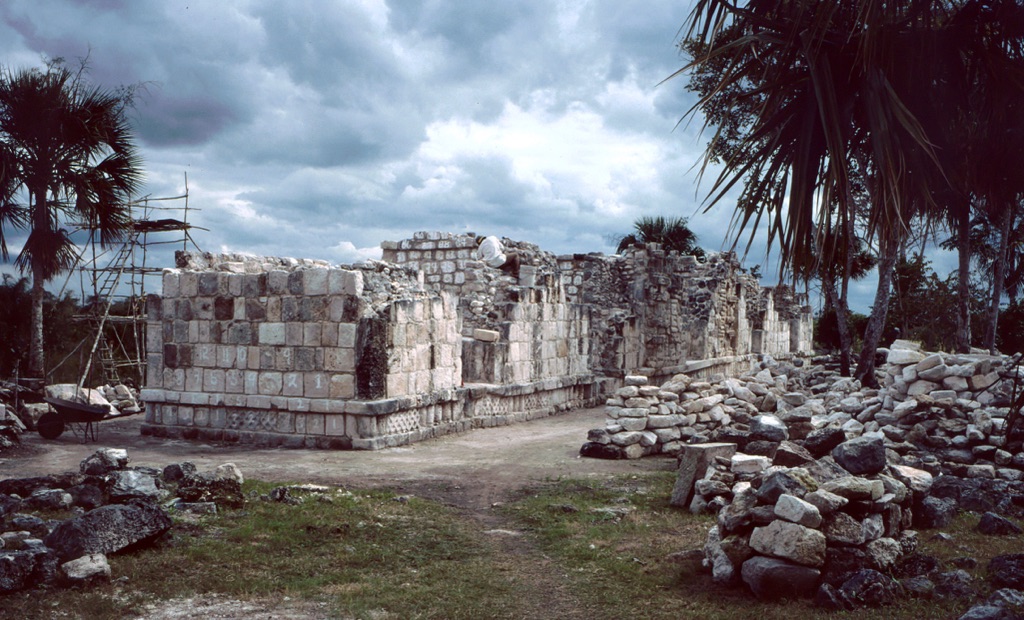Kulubá is an ancient Mayan city located in the Yucatan Peninsula of Mexico. It’s a site rich with historical significance, featuring remnants of impressive architecture and artifacts that offer insights into the Mayan civilization. The city, once a hub of activity and culture, now lies in ruins, slowly revealing its secrets to archaeologists and historians. Its discovery and ongoing excavation continue to shed light on the complex social, political, and economic structures of the ancient Maya.
Get your dose of History via Email
Historical Background of Kulubá
Archaeologists stumbled upon Kulubá in the 1940s, but it wasn’t until recent years that excavations ramped up. The National Institute of Anthropology and History (INAH) has been instrumental in its study. The Maya built this city, which thrived during the Late Classic period. Over time, different groups inhabited Kulubá, leaving behind layers of history. It wasn’t the scene of any known major historical events, but it was an important piece of the Mayan civilization’s vast puzzle.
The city’s architecture points to its creators‘ sophistication. The Maya were known for their advanced building techniques and astronomical knowledge. Kulubá’s structures reflect this, with buildings aligned to celestial events. The city’s layout suggests it was a center of trade and governance, playing a significant role in the region’s dynamics.

After the decline of the Maya civilization, Kulubá lay abandoned for centuries. The jungle reclaimed it, hiding its ruins from the world. It wasn’t until the mid-20th century that the site began to reveal its secrets. Since then, Kulubá has become a focal point for understanding the Maya’s enigmatic history.
Excavations have uncovered various structures, including a palace complex and a pyramid. These findings suggest that Kulubá was once a powerful city, possibly governed by a royal dynasty. The artifacts found within the site, such as pottery and tools, provide a glimpse into the daily lives of its inhabitants.
While Kulubá may not have been the scene of any famous battles or events, its value lies in its everyday stories. The city’s remains tell tales of the people who lived, worked, and worshipped there. Each layer unearthed by archaeologists adds a new chapter to the rich narrative of the Maya civilization.
About Kulubá
Kulubá’s ruins are a testament to the architectural prowess of the Maya. The city’s buildings were constructed using limestone, a material abundant in the region. This choice of building material not only provided durability but also allowed for intricate carvings and decorations.

The city’s layout includes several plazas surrounded by towering structures. Among these, the palace complex and the pyramid stand out as architectural highlights. The palace likely served as a residence for the elite, while the pyramid was possibly a space for religious ceremonies.
One of the most striking features of Kulubá is the stucco decorations that adorn some buildings. These decorations depict various Mayan motifs and symbols, providing insights into the city’s cultural and religious practices. The preservation of these stucco works is remarkable, considering the centuries of abandonment.
Archaeologists have also noted the city’s strategic urban planning. The placement of buildings and the design of the city suggest a deep understanding of urban functionality and aesthetics. The roads and causeways connecting different parts of the city would have facilitated trade and communication.
The construction methods of Kulubá reflect the broader Mayan architectural tradition. The use of corbel arches, vaulted ceilings, and astronomical alignments are all characteristic of Mayan building techniques. These features not only served practical purposes but also had deep symbolic meanings for the Maya.
Theories and Interpretations
Several theories about Kulubá’s purpose and significance within the Mayan civilization have emerged. Some suggest it was a key trade center, given its strategic location and the presence of roads connecting it to other cities. Others believe it held religious importance, as evidenced by the pyramid and ceremonial spaces.

The mysteries of Kulubá include the reasons behind its eventual abandonment. While some theories point to overpopulation and resource depletion, others suggest that political upheaval or climate change could have played a role. The true cause remains a topic of debate among scholars.
Interpretations of the site’s artifacts and structures often rely on comparisons with other Mayan sites. The similarities in architectural styles and decorations help historians piece together the broader cultural and historical context of Kulubá. However, each site has unique aspects that challenge simple explanations.
Dating of the site has been carried out using methods such as radiocarbon dating and pottery analysis. These techniques have helped establish a timeline for Kulubá’s occupation and peak. The results indicate that the city flourished during the Late Classic period of the Maya civilization.
Despite ongoing research, Kulubá retains an air of mystery. Each discovery leads to new questions about the lives of its inhabitants and their place in the Mayan world. The site continues to be a focus for researchers seeking to understand the complexities of this ancient civilization.
At a glance
Country: Mexico
Civilization: Maya
Age: Late Classic period (600-900 AD)
Conclusion and Sources
Reputable sources used in creating this article:
- Wikipedia: https://en.wikipedia.org/wiki/Kulub%C3%A1

